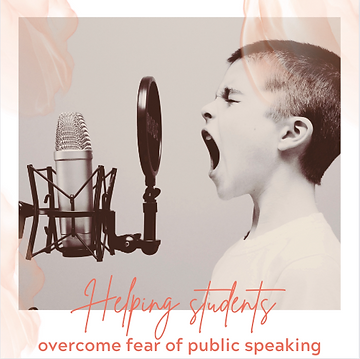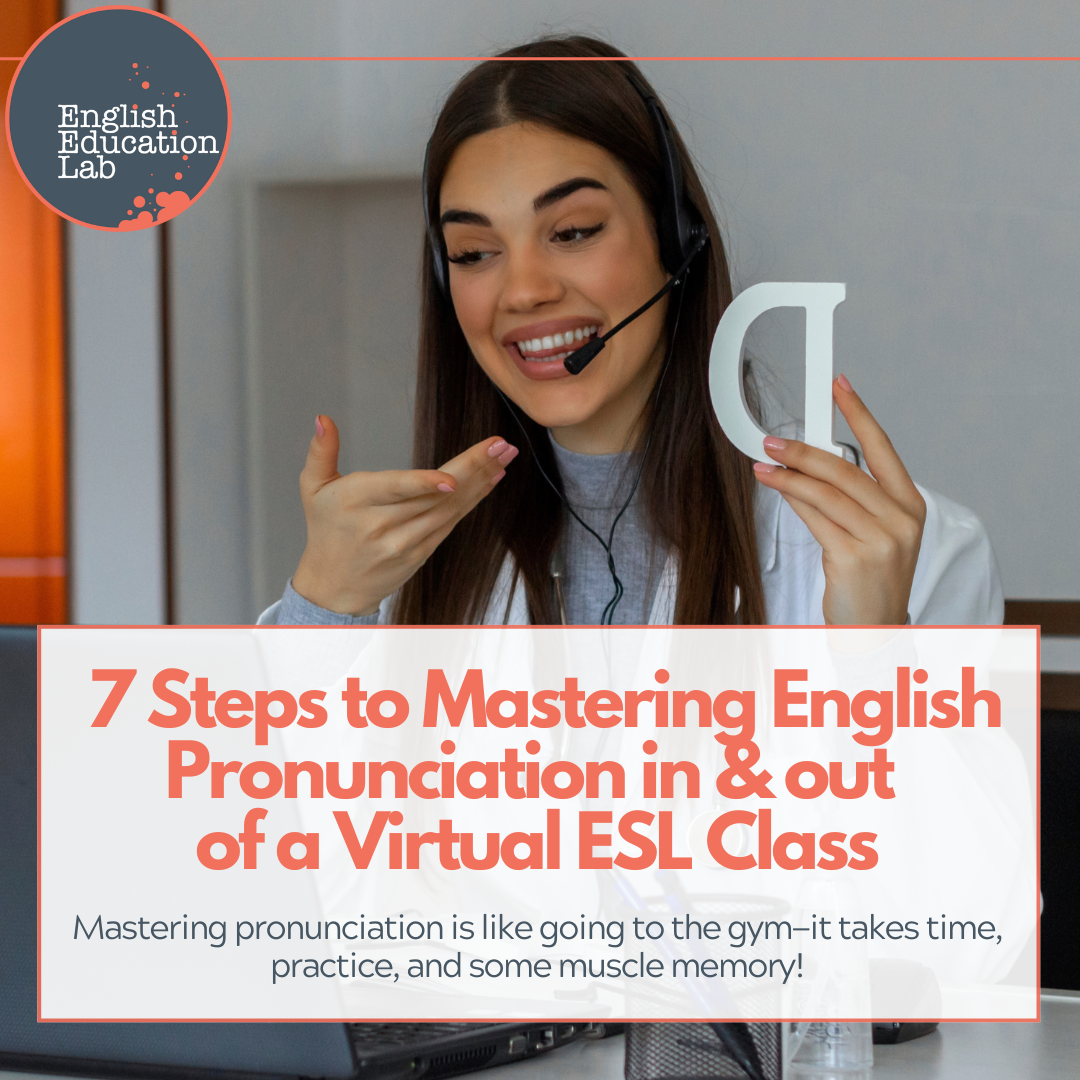
How to overcome fear of speaking in public
Fear of public speaking- my own story
Given a choice between delivering a speech to an audience or kissing a viper on the lips – pucker up, venomous beauty. That is the kind of anxiety I attach to public speaking. On two occasions, I came close to fainting while presenting in the classroom. The first was in the third or fourth grade as part of a group presentation. I elected to speak last (always a mistake). When it was my turn, I was visibly shaking and sweating. Not more than a minute into my speech, I couldn’t control the shaking in my knees. I felt dizzy and my voice quaked. My anxiety spiked, my vision blurred, and my legs crumpled. I didn’t faint; somehow, I managed to pull myself back from the brink before going lights out. I can’t remember if I finished my speech or not, five measly minutes in total.
Next, it was my first year of college while participating in a chautauqua, a universal practice throughout most liberal arts disciplines. They are intimate, casual and spontaneous discourses in comfortable, familiar surroundings amongst your peers. The sage hippie professor – beloved: the type to have drinks and share a joint with students off (sometimes on) campus, kicks back and conducts the discussion in free form, engaging to facilitate deep thought and focus. It is all quite fluid and natural, but participation is a requisite.
In this instance, I knew my professor well; he was a close family friend, having watched me grow up. There were a few new faces in the classroom, less than twenty students. We circled our desks, slouched and stretched our legs, sipped at our chai teas and prepared to dive headlong into some ethical conundrum. What happened to me in elementary school happened again. This time around, I nearly blacked out at my desk. Since then, I have gone to great lengths to avoid public speaking like the plague. The very thought gives me the creeps.
 A common plight
A common plight
My fear of public speaking is extreme but not uncommon. I understand the importance of instilling skill sets in students from a young age, so they won’t experience what I did in the spotlight. If the process does not begin at home, it does so through teachers in the classroom. That is a massive responsibility that education professionals sign up for, whether you know it or not. I suspect you do.
Classroom debates and group and solo presentations are ways children can begin to build confidence, but they need to hone their survival skills first. Children have an innate, natural impetus to perform for others, but think of the circumstances in which they are comfortable: usually amongst friends and family who are both spectators and active participants. Putting a child in front of a classroom full of silent, expectant faces and saying, ‘You’re on,’ is a recipe for disaster. There is potential to do lasting psychological damage; I’m living proof.
Facing and overcoming your fears
The key to the successful navigation of the spotlight is preparation. Slow and gentle with plenty of time. The big moment should not be the teacher’s or the student’s focus. It is a moment – 5, 10, 15 minutes. The moment must pale in comparison to the amount of time in preparing for it, and teachers and peers need to be there in supporting roles every step of the way. Especially for young students, fun is a ready impetus to perform; turn work into fun, and you’re halfway there.
A sound strategy is to organize group activities around a central academic skill. Here are key examples: brainstorming for relevant topics that matter to students, writing and reading workshops in which students can express their initial thoughts, give/receive constructive criticism and share ideas with their peers, a group/class research assignment on a subject of interest (invite librarians and internet search wizards, or visit them in their lairs), group/class performances incorporating the arts (theatre, music, dance, painting, sculpture) to inspire students to think critically on how to communicate effectively through verbal and non-verbal forms.
These scenarios help to refract the spotlight over groups of students or the entire class, as opposed to the individual. Work assigned by teachers to individual students needs to recirculate back into the support system via teacher/student or student/student conferences. What is crucial is that no one gets left behind or feels alone when preparing to speak in public. There are many ways of implementing these strategies. Get feedback from your students; their minds are treasure troves of creativity. Design imaginative and fun lesson plans, but be mindful that the endgame puts your students into the most dreaded academic arena known to humankind. Good luck and be kind!


Breaking barriers: Using ESL teaching materials to discuss women’s rights

